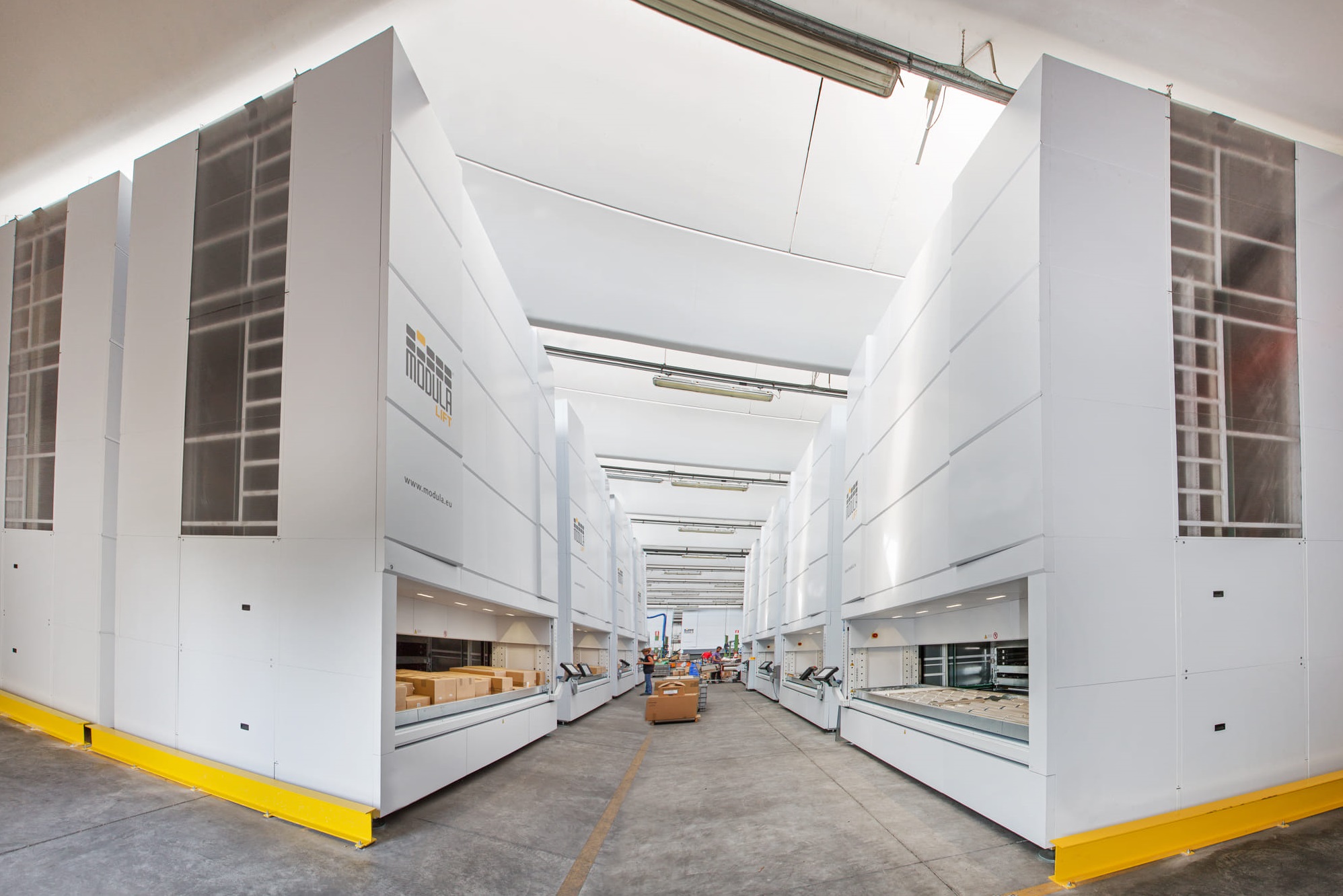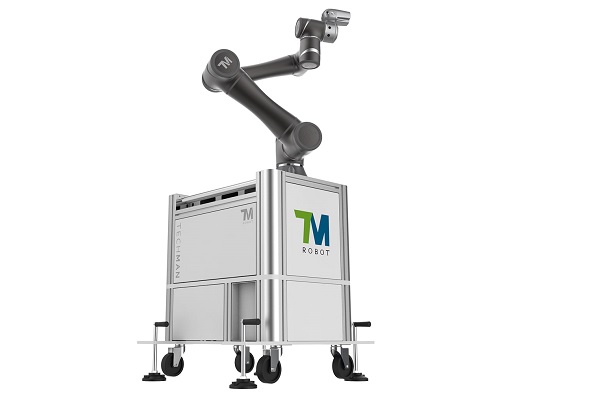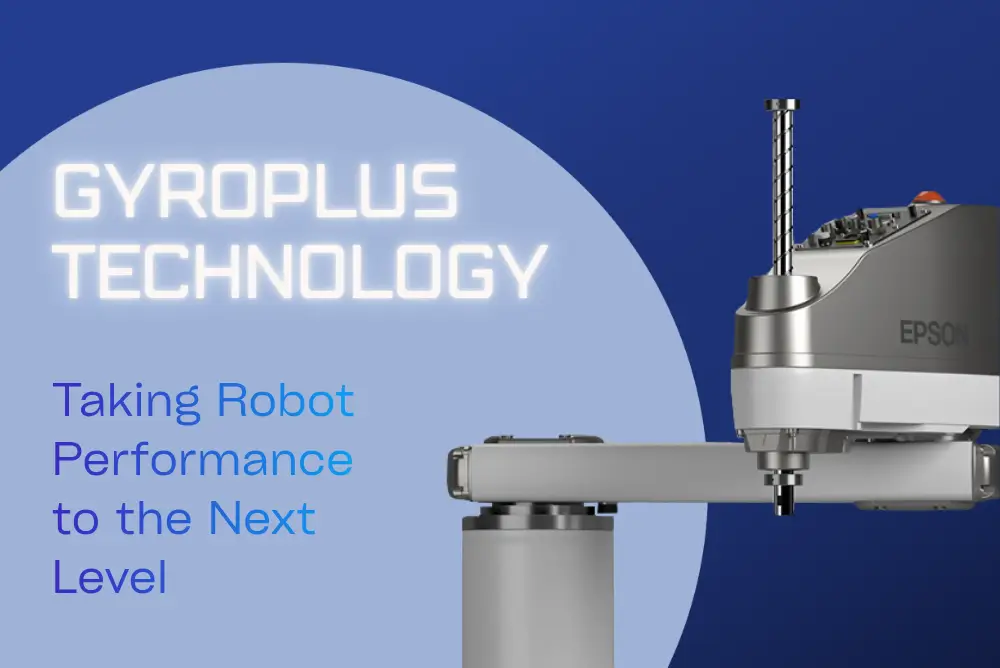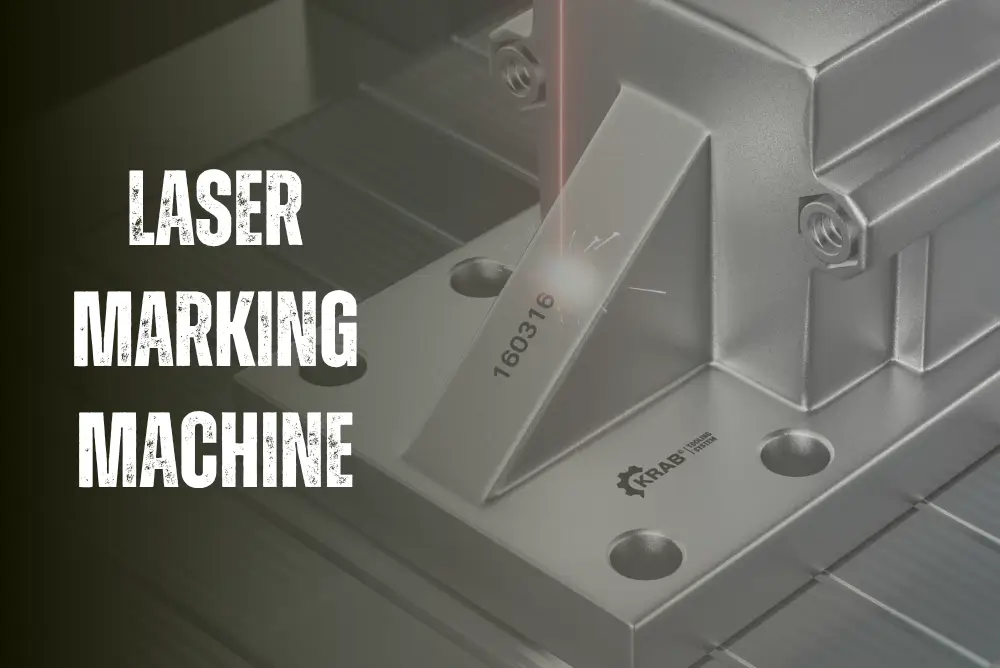 Contents
Contents
In the field of logistics and warehousing, there are two key aspects of safety that require special attention:
- The security of the merchandise
- The safety of individuals
Safety risks can come in various forms, including chemical and biological hazards, injuries, falling objects, noise, fire, crushing, vibrations, and electric shocks. The most effective way to mitigate these risks is by implementing automated storage systems, such as Vertical Lift Modules (VLMs).
In addition, security risks must also be addressed, including theft or damage to merchandise during storage and transportation. These issues must be resolved to ensure safety and security in warehousing and operational activities.
Warehouse safety and security regulations, especially concerning pallets, can be categorized into three main areas:
- Storage: Regulations related to the warehouse environment and storage systems.
- Handling of loads: Rules concerning the tasks performed by warehouse employees.
- Means of transport: Guidelines for tools and vehicles used in the warehouse, such as forklifts.
A comprehensive knowledge of these safety and security regulations is essential for both workers and employers. This knowledge ensures the proper use of equipment, the selection of appropriate tools for different working environments, and the implementation of preventive measures.
Optimizing Warehouse Safety and Security: Efficient Pallet Management
Pallet storage is a common and essential method for businesses today. Pallets help optimize warehouse space and facilitate the handling of stored materials. Typically made from wood or plastic, pallets protect merchandise during transportation and handling due to their durability and ability to absorb impacts and vibrations.
When transporting and storing merchandise using pallets, it is crucial to maintain load balance. Improperly stacked loads can cause pallets to tip over, leading to damaged merchandise and, more critically, workplace accidents. Therefore, selecting high-quality materials and maintaining the durability of pallets is essential.
Poor-quality or reused pallets that are not thoroughly inspected can lead to pallet collapses, resulting in significant product damage and safety hazards.
Today, the most used pallet type is the EPAL wooden pallet, a European standard pallet measuring 1,200 x 800 mm and compliant with UNI-EN 13698-1 regulations. These standards define the structural criteria of the pallets. Pallets also offer a sustainable solution as they can be recycled and reused, contributing to environmental goals and reducing a company’s ecological impact.
Ensuring Safety During Pallet Transportation
Pallets are typically moved using forklifts, an indispensable tool for quick and safe material handling in warehouses. However, forklift operation carries significant risks, especially when operators are not adequately trained.
Accidents such as vehicle rollovers, collisions, and falling merchandise often occur due to limited visibility during handling. Other incidents may result from collisions between forklifts and warehouse racking, which can compromise the stability of storage systems.
To prevent these risks, regular inspections of racks, storage facilities, and pallet-handling equipment are crucial. Comprehensive employee training is also a key factor in ensuring safe operations, significantly reducing the risk of accidents while ensuring compliance with legal regulations and corporate ethical responsibilities.
Modula Pallet - A Safe and Efficient Solution for Your Warehouse
An innovative solution designed to address these challenges is the Smart Warehouse Modula Pallet. This automated storage system enhances production efficiency, maximizes available space, and significantly improves overall safety.
Using Modula Pallet minimizes operational errors and lowers costs related to forklift operation and employee training. Implementing such a system can be a strategic move for companies looking to improve their internal logistics operations.
Modula Pallet is specifically designed for pallet storage and management, integrating functions that were previously carried out by traditional racking systems and warehouse operators. This advanced system effectively addresses common issues related to:
- Forklift incidents
- Poor staff training
- Unauthorized equipment modifications
- Poor equipment conditions
- Overloading
- Excessive space occupancy
- Insufficient lighting
- Uneven flooring
- Unclear signage
- Compromised product quality
With Modula Pallet, forklifts are no longer necessary, eliminating the need for complex inspections such as:
- Pre-operation vehicle checks and regular maintenance.
- Strict adherence to driving and material handling procedures.
- Compliance with accident response protocols.
- Compliance with the post-driving procedures.
In Italy, strict compliance with safety regulations is crucial, such as EM 15512, which pertains to metal structures suitable for pallet racking. Modula Pallet fully complies with this standard, covering aspects like static load, dynamic load, seismic load, and other environmental factors.
Additionally, factors such as floor tolerances, assembly procedures, allowable deformations, and intermediate spacing are meticulously considered in the design of Modula Pallet. These elements are carefully examined by our engineers when designing warehouse solutions for each customer’s facility.
To ensure warehouse safety, all manual equipment and pallet racks must undergo regular inspections and audits to assess their “operational condition”. A designated individual, known as the Person Responsible for Storage Equipment Safety (PRSES), must conduct frequent visual inspections.
Modula Pallet, combined with the Modula WMS warehouse management system, enables easy and detailed safety standard monitoring and operational condition assessments. This integration saves inspection time and minimizes production downtime.
With its advanced functionalities, Modula Pallet exemplifies how Industry 5.0 can revolutionize logistics. By automating processes and integrating cutting-edge technologies, businesses can achieve better control and monitoring of all warehouse management stages.
This approach not only enhances safety and efficiency but also allows businesses to adapt swiftly to market changes.
Modula Pallet is not just a solution for improving warehouse safety and security; it is a significant step towards a smarter, more connected, and sustainable industry. Through automation and innovation, companies can achieve a safer, more flexible, and more efficient logistics system.
More Information: Modula Pallet Warehouse
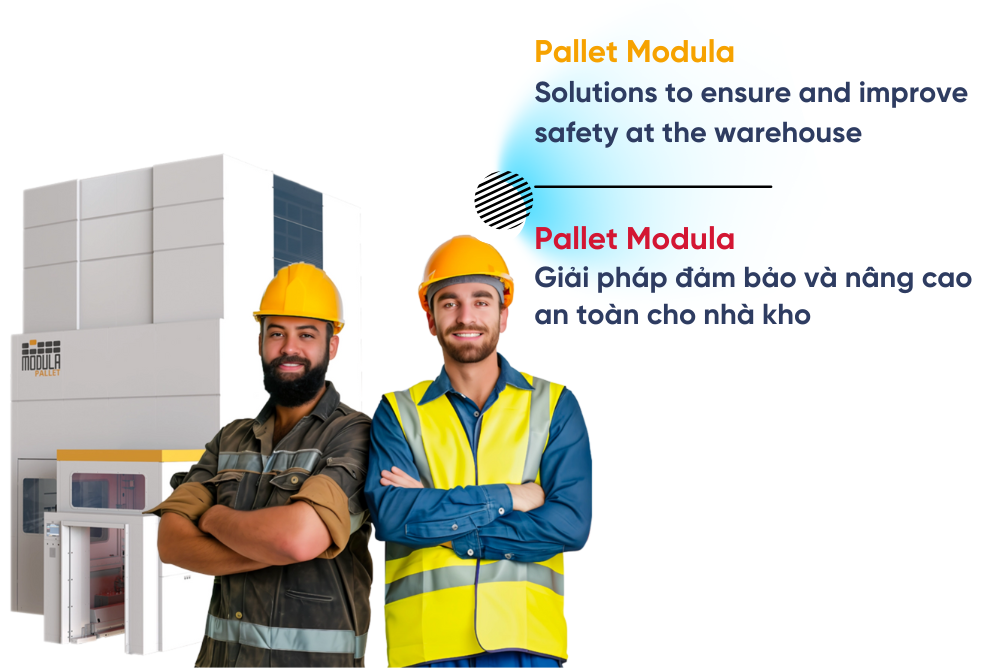
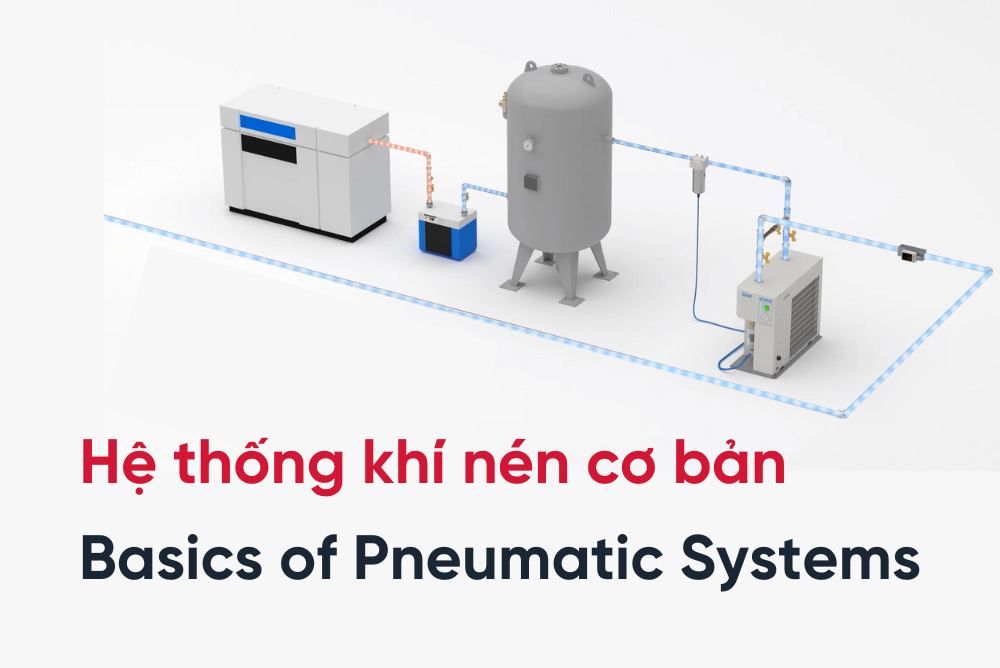
 Read more
Read more
